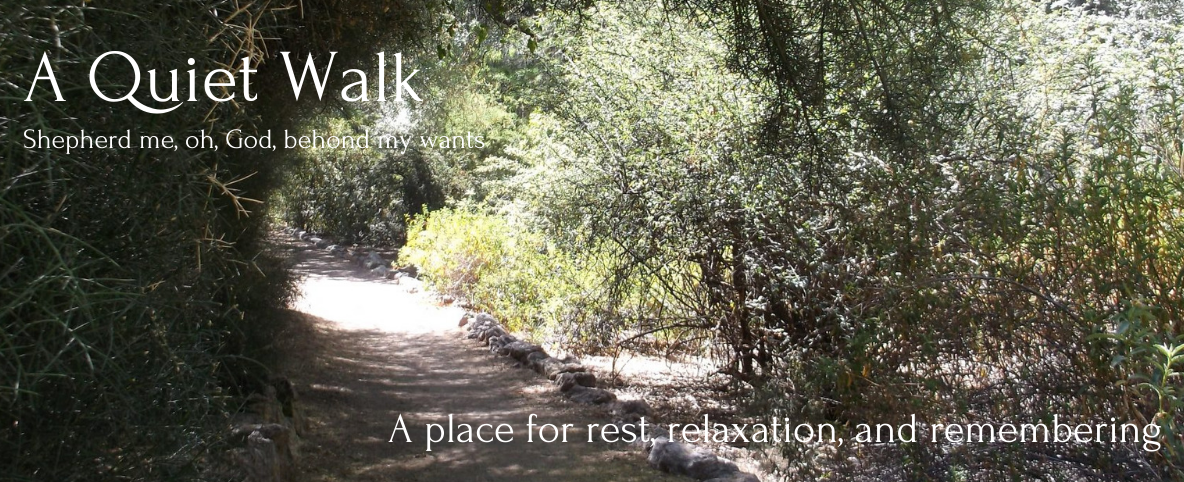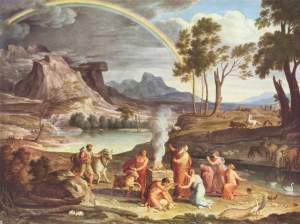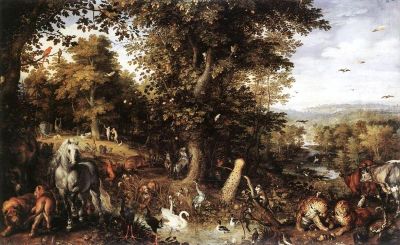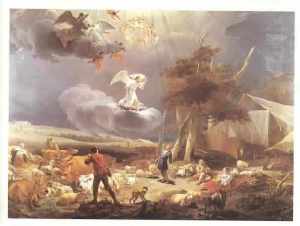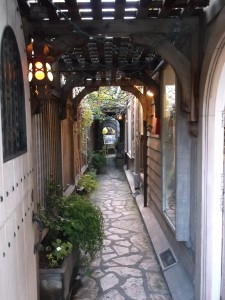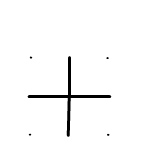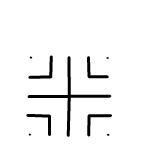Genesis 9:12-13 12God said, “This is the sign of the covenant that I make between me and you and every living creature that is with you, for all future generations: 13I have set my bow in the clouds, and it shall be a sign of the covenant between me and the earth.

The Hebrew Scripture for Sunday was from Genesis 9, the covenant between God and the earth. Following the Flood, God voluntarily disarms, self-limits, herself by making a promise between Noah’s descendents and all creation never to destroy the earth again. It is promise made to all of creation not just humans. God’s promise means we are to be in relation with each other and all of creation. (If you are not familiar with God’s promise please read Genesis 9:8-17.) Above is the painting by Joseph Anton Koch of Noah’s Thanksgiving Offering, which we will be using for today’s Visio Divina.
- Study the picture slowly, taking a first glance noting the colors, people, places and things. Remain with the image for one to two minutes. If you would like, jot down a few words about the image.
- Take a second, deeper, look. Where is there movement? What relationships do you see? Engage your imagination. Where are you in the artwork? What do you see from that perspective? What deeper meaning emerges?
- Respond to the image with prayer. Did the image remind you of an experience, person or issue for which you’d like to offer thanksgiving or intercession? In what way does God’s promise change, or not change how you visualize your relationship with the earth, each other, and God? Offer your thoughts as prayer to God.
- Find your quiet center. Breathe deeply. Relax your shoulders, arms and legs. Rest in this quiet. Let God pray in you. God prays beyond words.
Rainbows are symbols of hope, and renewal following a crisis. May this day bring you your own personal rainbow.
Ruth Jewell, ©February 24, 2015
